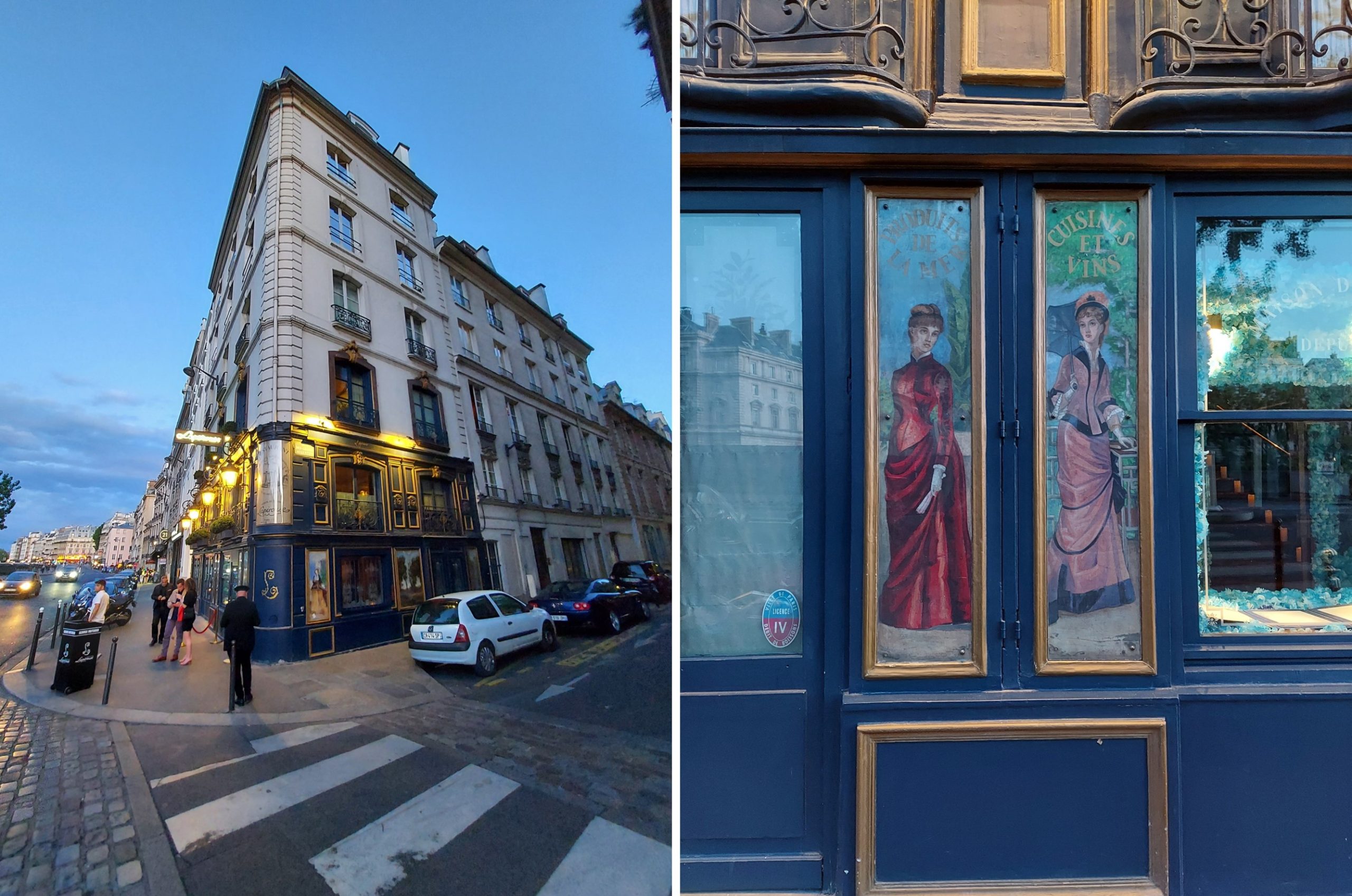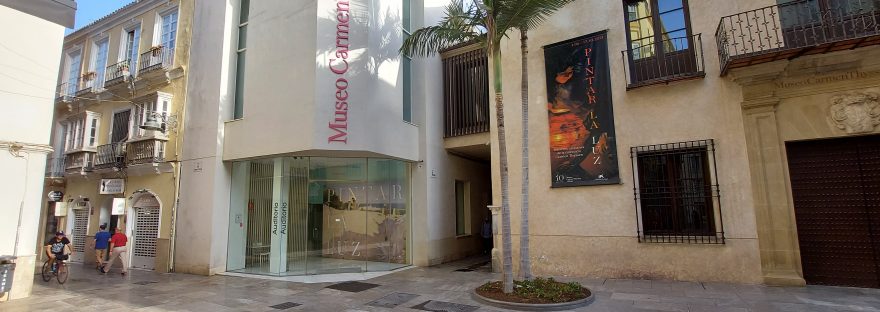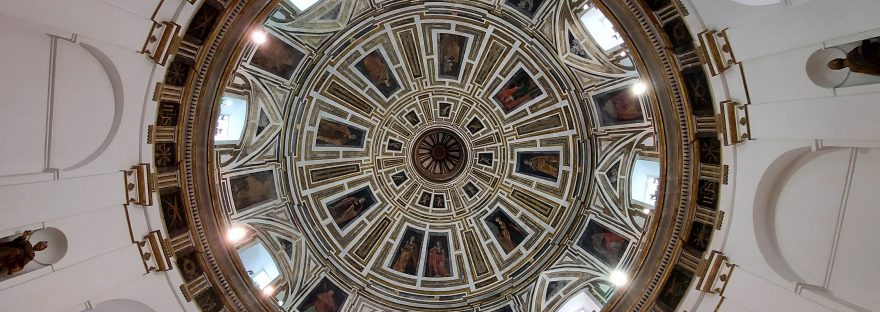
Stopping at number 51 of the “quai des Grands Augustins” and pause to observe the Lapérouse Restaurant in Paris is unavoidable. Its antique details and the female paintings adorning its facades impart a great beauty and colorfulness, difficult to evade. The Lapérouse is located on the left bank of the Seine River (Paris 6), offering a wonderful panoramic view of the river. It reopened in 2018 after a renovation that maintained the original decorative elements.

Lapérouse defines itself as ‘The House of Pleasure’ and since 1766, what was a former private mansion was transformed into a wine store. It was the first restaurant in the world to obtain 3 stars in the Michelin guide in 1933. It specializes in traditional cuisine and seats only 58 patrons for dinner.

For more than two centuries, it has been the scene of French haute cuisine as well as of the literary, political and cultural social life of Tout-Paris. Zola, Maupassant, Baudelaire, Proust … the great Victor Hugo, the famous novelist Colette (from “La Chatte”), Serge Gainsbourg (who met Jane Birkin here), Woody Allen who chose the place for one of the scenes of “Midnight in Paris”, Orson Welles, Winston Churchill, Ernest Hemingway! If only these walls could speak! Today, these great writers, artists, filmmakers, political leaders and actors are joined by other great personalities of fashion and cinema, making every moment at Lapérouse a unique experience.

For those who wish to have a complete gastronomic experience, including history and great beauty, this is the ideal place. Of course, always remembering that fame has a price.
************
Sources consulted:
http://laperouse.com/en/
https://www.20minutos.es/gastronomia/restaurantes/laperouse-primer-restaurante-mundo-tres-estrellas-michelin-hemingway-famosos-5089997/
https://es.parisinfo.com/restaurante-paris/94440/Laperouse











